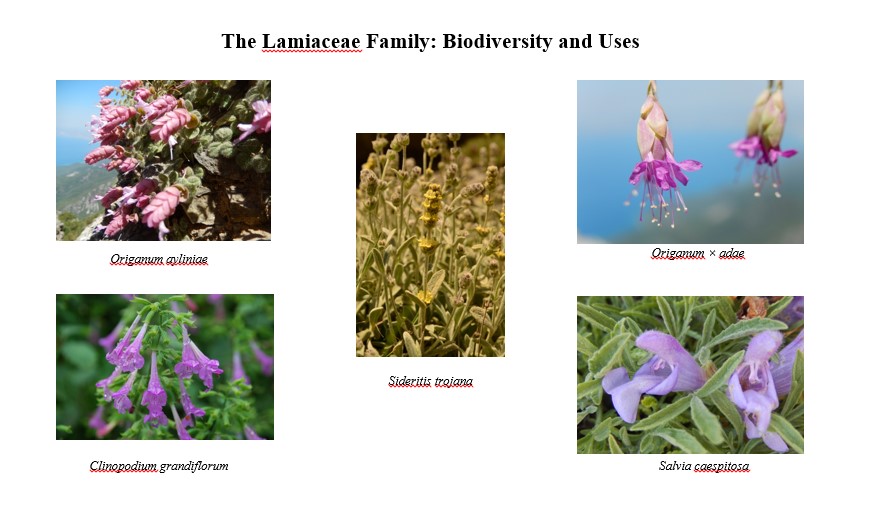JOURNAL 3112
Records of Agricultural and Food Chemistry
Year: 2024 Issue: 3 Special Issue: Abstracts 3rd. TCS, International Food Chemistry Congress February 29-March 03,2024 Antalya Türkiye
p.5 - 5
Viewed 1215 times.
GRAPHICAL ABSTRACT

ABSTRACT
Plants play a significant role in human nutrition, shelter, clothing, and the treatment of diseases. There are approximately 400,000 estimated species of plants on Earth, with around 70,000 species utilized for various purposes. Currently, roughly 7,000-10,000 plant species are cultivated by humans, with 90% of the nutritional needs met by 30 plants. The Lamiaceae family encompasses numerous medicinal and aromatic plant species used for both nutrition and disease treatment. Members of the Lamiaceae family grow in various elevations and habitats, excluding polar regions, ranging from sea level to high mountainous regions. The Lamiaceae family, the sixth-largest plant family, comprises approximately 7,000-8,000 species belonging to 230-240 genera worldwide. Among the genera with the highest number of species globally, Salvia leads with around 1,000 species, followed by Scutellaria (480 species), Stachys (370 species), Nepeta (300 species), Teucrium (300 species), Thymus (270 species), and Vitex (210 species). In Türkiye, the Lamiaceae family is represented by 614 species (approximately 800 taxa) across 45 genera. The genera with the highest number of species in Türkiye include Salvia (102 species), Stachys (90 species), Sideritis (45 species), Thymus (42 species), Nepeta (39 species), and Teucrium (38 species). The Lamiaceae family has been divided into 12 subfamilies based on recent phylogenetic classifications, with representatives of 5 subfamilies distributed in Türkiye. The taxa of the Lamiaceae family, which is one of the most important families in terms of medicinal uses among plant families, consist of potent aromatic plants. Different organs (leaves, rhizomes, stems) of these plants are used for food purposes, dye extraction, various disease treatments (nervous, circulatory, respiratory, reproductive systems), insect repellent production, ornamental purposes, volatile oils as food additives and preservatives, as well as in the perfume and cosmetic industry, thus having a wide range of applications. Evidence of their use for these purposes throughout human history has been found in archaeological excavations and ancient inscriptions. Remains of genera such as Ajuga, Mentha, Teucrium, Ziziphora, and Sideritis have been unearthed from Neolithic sites in Türkiye such as Çatalhöyük, Aşıklı, and others. Moreover, Dioscorides compiled information on the use of approximately 40 Lamiaceae members in his book "Materia Medica". In contemporary Türkiye, they are commonly used by the local people for upper respiratory tract and urinary tract infections, pain relief, wound healing, and sedation, with 221 taxa from 29 genera identified for various purposes. Recent studies have also determined that many members of the Lamiaceae family possess high levels of antioxidants, anti-cholinesterase, antifungal, antimicrobial, and other effects. The results obtained from these studies highly support the local use purposes that have continued since ancient times.
KEYWORDS- Lamiaceae
- Salvia ssp.
- Origanum ssp
- Sideritis trojana